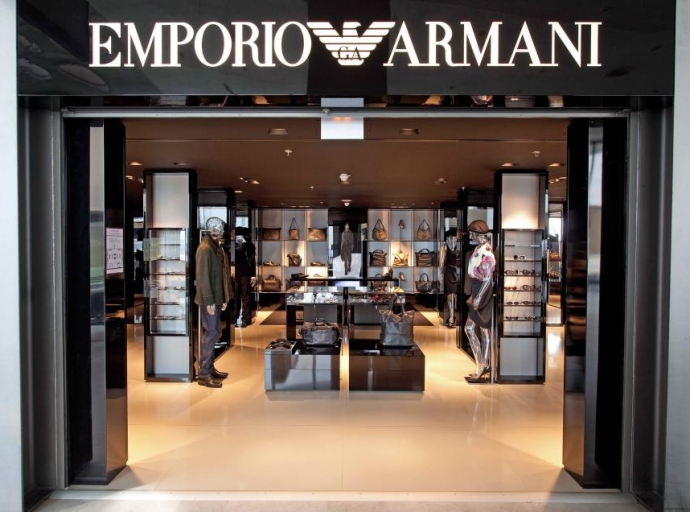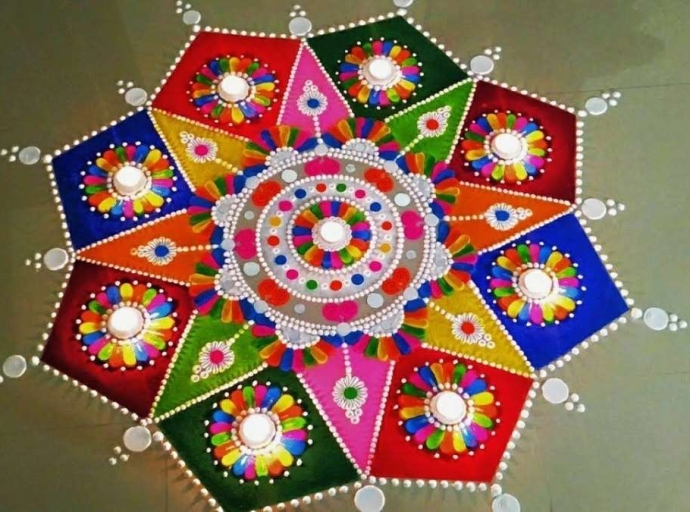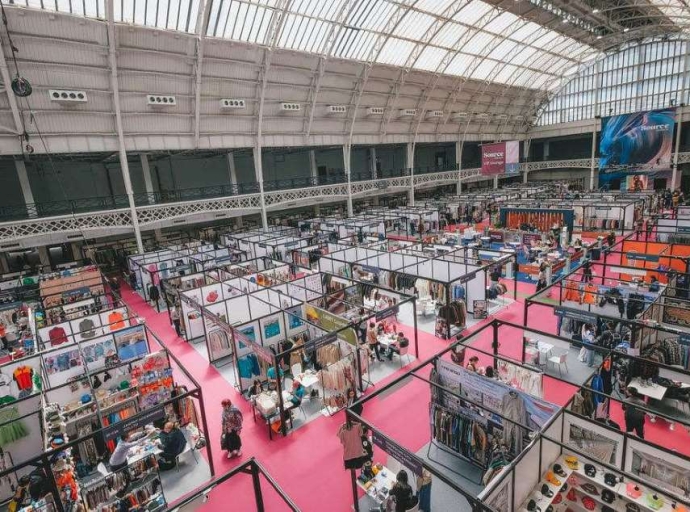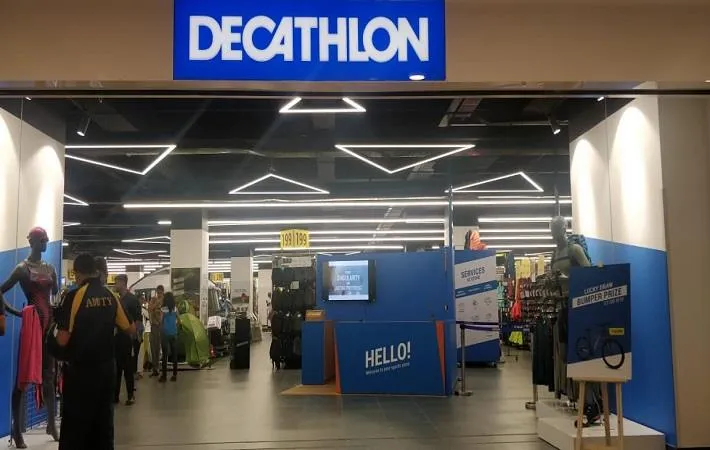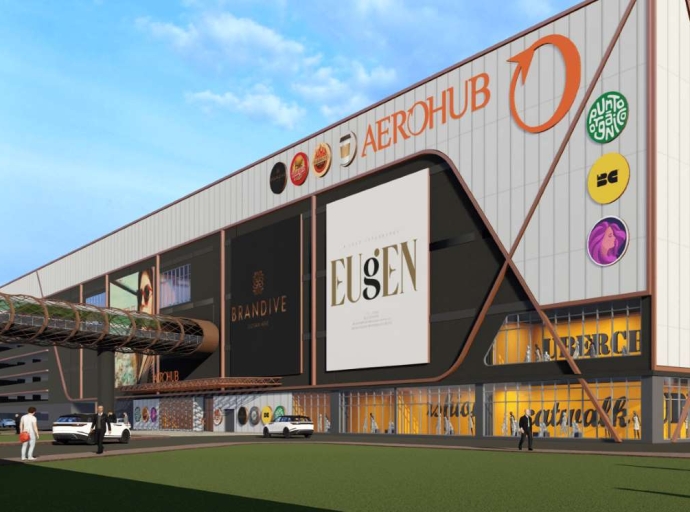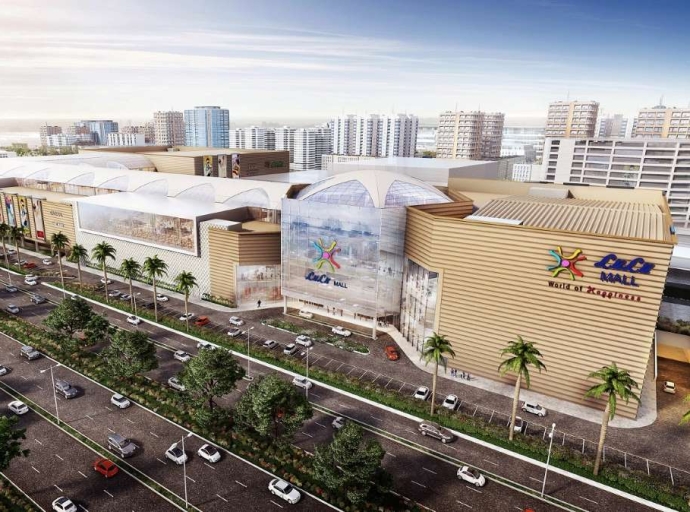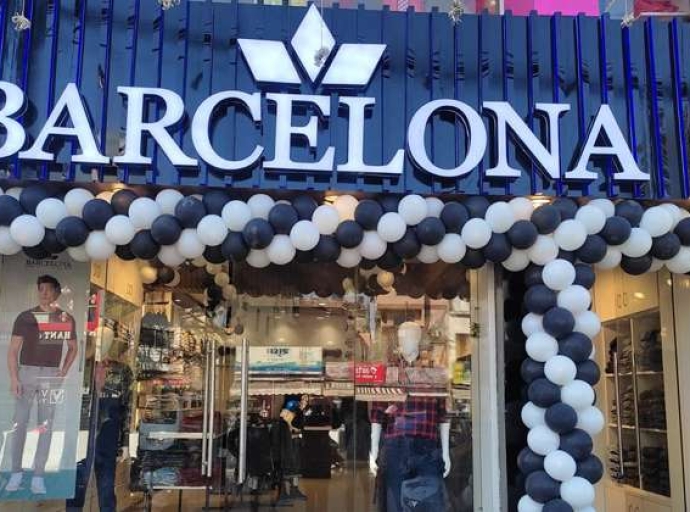30 October 2023, Mumbai
All good things come to an end, and the end of free returns on both online and offline shopping is also looming on the horizon.
Customers have been conditioned to free returns, especially from e-commerce retailers who came in with a bang during the pandemic, but as these same retailers start to introduce a minimum return fee, shoppers may become more hesitant to send back purchases they made at their whim and fancy.
Findings
The US Census Bureau records show that in 2022, annual e-commerce spending in the US had reached the $1 trillion mark for the very first time since COVID-19 earlier, but that came with a price.
A huge figure, definitely, but many e-commerce giants such as Amazon. Flipkart and H&M have reported that almost 17 percent of online purchases were also returned last year, which cut down on overall profit margins.
All this is forcing them to now charge a minimum fee on every returned item based on product value and other factors, which serves as a balancing act between the retailers' need for profits and the record-return problems of the e-commerce industry.
Big fast fashion retailers start return fee trend
Unlike physical stores, customers often indulge in bracket buying multiple sizes with plans of only keeping the one that fit and also ‘wardrobing’ which is buying occasion-specific garments and wearing them once and then returning them as well as whimsical buying to be regretted later.
Many fashion retailers have already started the return fee trend with H&M and Zara charging customers around $2.40 to return online purchases and other US clothing retailers such as American Eagle charging $7, JC Penney $8, Saks Fifth Avenue $9.95 and TJ Maxx around $10.99 to return purchases.
Even the $100 billion-biggest fast fashion brand, Shein, also offering free returns for first-time buyers. Industry estimates have put even higher figures of retailers spending around $33 per return, which includes postage, packaging, depreciation of an item's value, labor and missed sales windows while the item is still not back in the warehouse, which is more than the return fee being charged.
Myntra leverages nominal fee
Myntra, as India’s second-largest fashion e-retailer, has also started imposing a convenience fee of Rs 10 on every order above Rs 1,000, which will however add to its daily order profit volume at minimum cost to the customer, although for orders below Rs 1,000, there is already a return fee of Rs 99.
Myntra in a pop-up message on its website says that a nominal fee for its world-class service in providing technical expertise, brand aggregation, and post-sales support. With 50 million monthly active users, this return fee will boost profits as well as be a mild deterrent to those who place low-value orders.
Nuanced picture
Earlier Myntra had a 30-day return window but shortened it to 14 days for most categories just like others in the Indian e-commerce industry, like Ajio, Amazon Fashion, Flipkart, and Nykaa Fashion, which have also reduced their timeline for returns as well as charging a minimum fee. In India, around 25-40 percent clothes sold online are returned, which is a third more than the return rate in the US.
Outlines
The end of free returns is a result of the recent economic slump, a lack of warehouse capacity to re-package mountains of returned goods, and a desire to discourage specific customers from ordering returns for most of what they buy.
The return rate for fashion segment in India is higher, as usually one in every four items is sent back as people are on a tighter budget than in Western countries.
With the circle of life dictating that all things must come to an end sometime, the end of free returns across all global online and offline platforms is in the offing sooner than expected.



